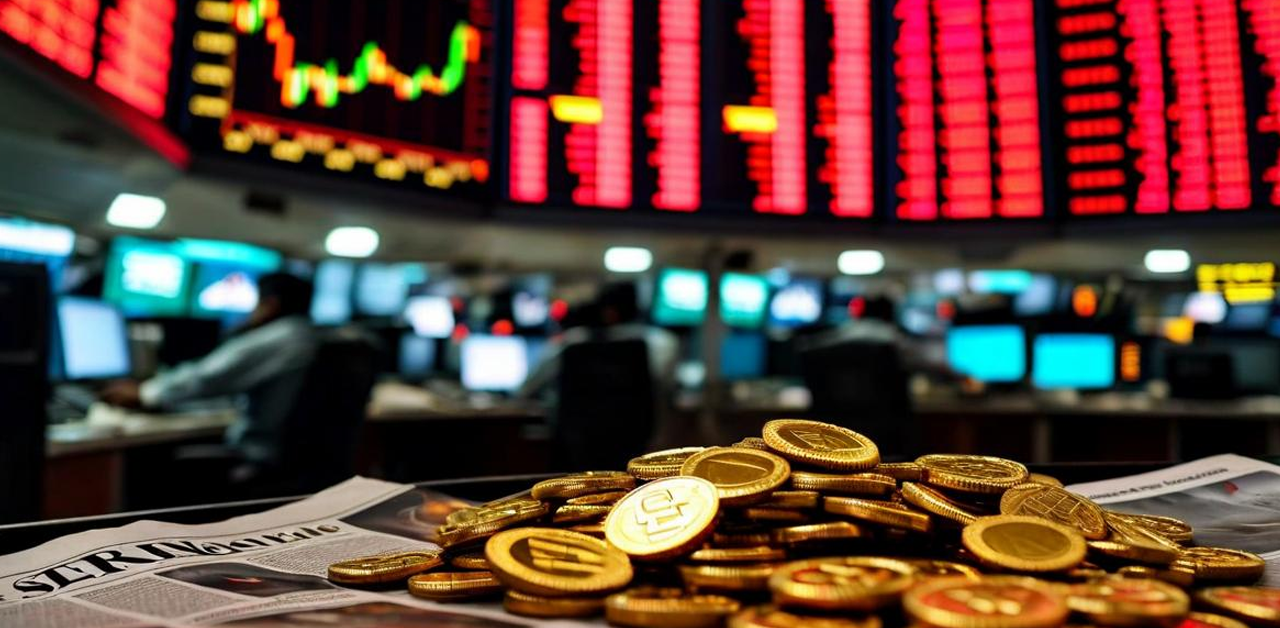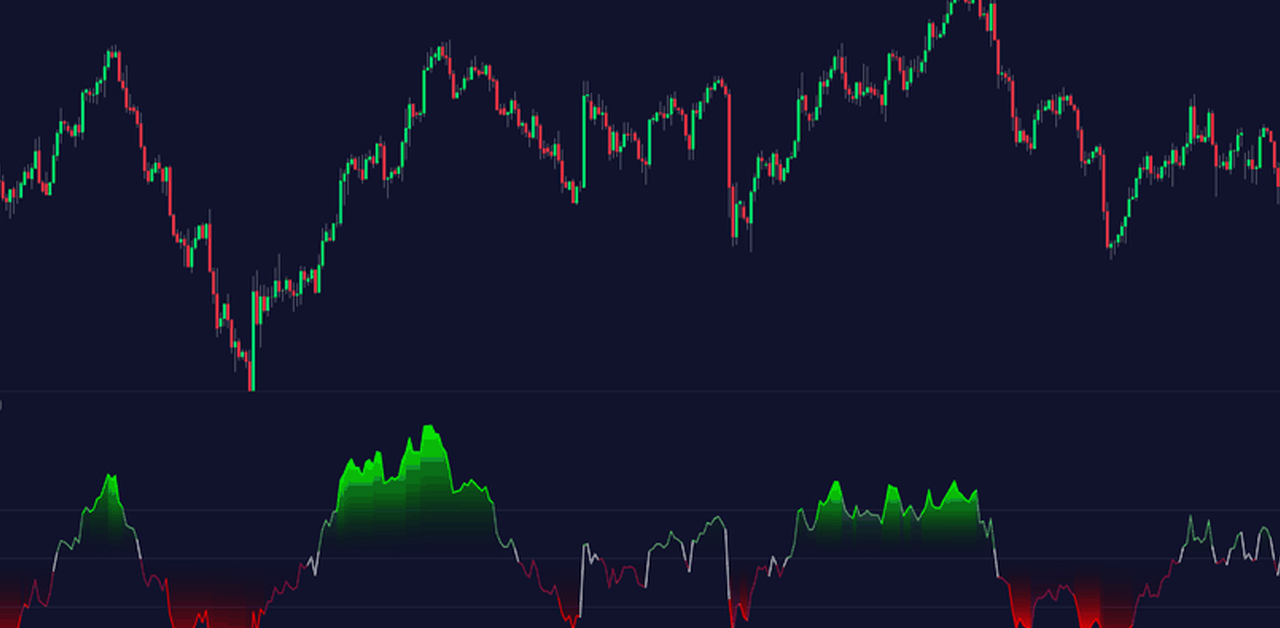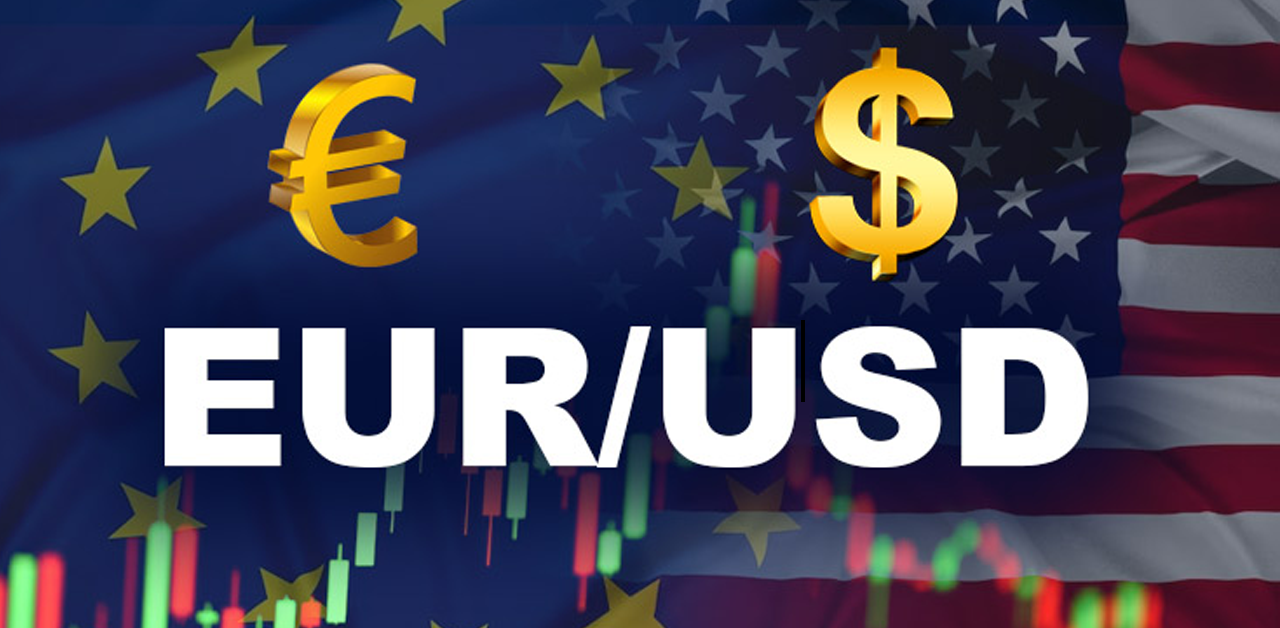As Treasury rates rise, the S&P 500 finishes higher with financials
The S&P 500 finished higher on Friday as banking stocks rallied following a surge in the benchmark Treasury yield to its highest level in almost three years. The Nasdaq closed down, with tech and other large growth companies mainly falling, but they finished off session lows after a late-afternoon rebound. The Nasdaq and S&P 500 gained 2% and 1.8 percent, respectively, for the week, while the Dow was slightly higher with a 0.3 percent gain.
The S&P 500 financials sector delivered the index its greatest lift on Friday, increasing 1.3 percent, while the only two major sectors to end negative on the day were technology and consumer discretionary. Investors are gauging how aggressively the Federal Reserve would tighten policy after Fed Chair Jerome Powell stated this week that the central bank needs to move “expeditiously” to confront rising inflation and boosted the prospect of a 50-basis-point rate hike in May.
Treasury rates in the United States rose on Friday, with the benchmark 10-year note reaching almost three-year highs, as the market battled with high inflation and a Federal Reserve that could easily ignite a slump if it tightens policy forcefully. Ten-year Treasury rates recently stood at 2.492 percent, having risen above 2.50 percent for the first time since May 2019. According to Keith Buchanan, portfolio manager at Globalt Investments in Atlanta, the equities market is pricing in a rising rate scenario.
According to him, this is leading bank stocks to thrive while “putting greater pressure to the riskier aspects of the market,” such as growth companies. Higher borrowing rates boost banks while harming tech and growth firms, whose valuations are primarily reliant on future cash flows. The Dow Jones Industrial Average increased by 153.3 points, or 0.44 percent, to 34,861.24, the S&P 500 increased by 22.9 points, or 0.51 percent, to 4,543.06, and the Nasdaq Composite decreased by 22.54 points, or 0.16 percent, to 14,169.30. Growth stocks such as Nvidia Corp fell after driving a Wall Street rally earlier this week.
With the Russia-Ukraine war still raging after a month, investors chose conservative equities, sending the utilities sector to a record high. The industry gained 1.5 percent on the day and 3.5 percent for the week, while the energy sector gained 2.3 percent on the day and more than 7 percent for the week as oil prices rose sharply. On Friday, Moscow suggested that it was reducing its aspirations in Ukraine in order to focus on territory seized by Russian-backed rebels.
Citibank economists predict the Fed to raise interest rates by 50 basis points four times this year, following other Wall Street banks in anticipating an aggressive tightening path against the background of surging inflation. The Federal Reserve of the United States hiked interest rates last week for the first time since 2018.”The market is extremely macro driven,” said Steve DeSanctis, equity analyst for small and mid-capitalization companies at Jefferies in New York. “The basics of the company haven’t really mattered.”
Volume on US exchanges was 11.92 billion shares, compared to the 14.28 billion average for the whole session for the previous 20 trading days. On the NYSE, advancers outweighed decliners by a 1.08-to-1 ratio; on the Nasdaq, decliners outpaced advancers by a 1.40-to-1 ratio. The S&P 500 set 57 new 52-week highs and five new lows, while the Nasdaq Composite set 73 new highs and 79 new lows.











